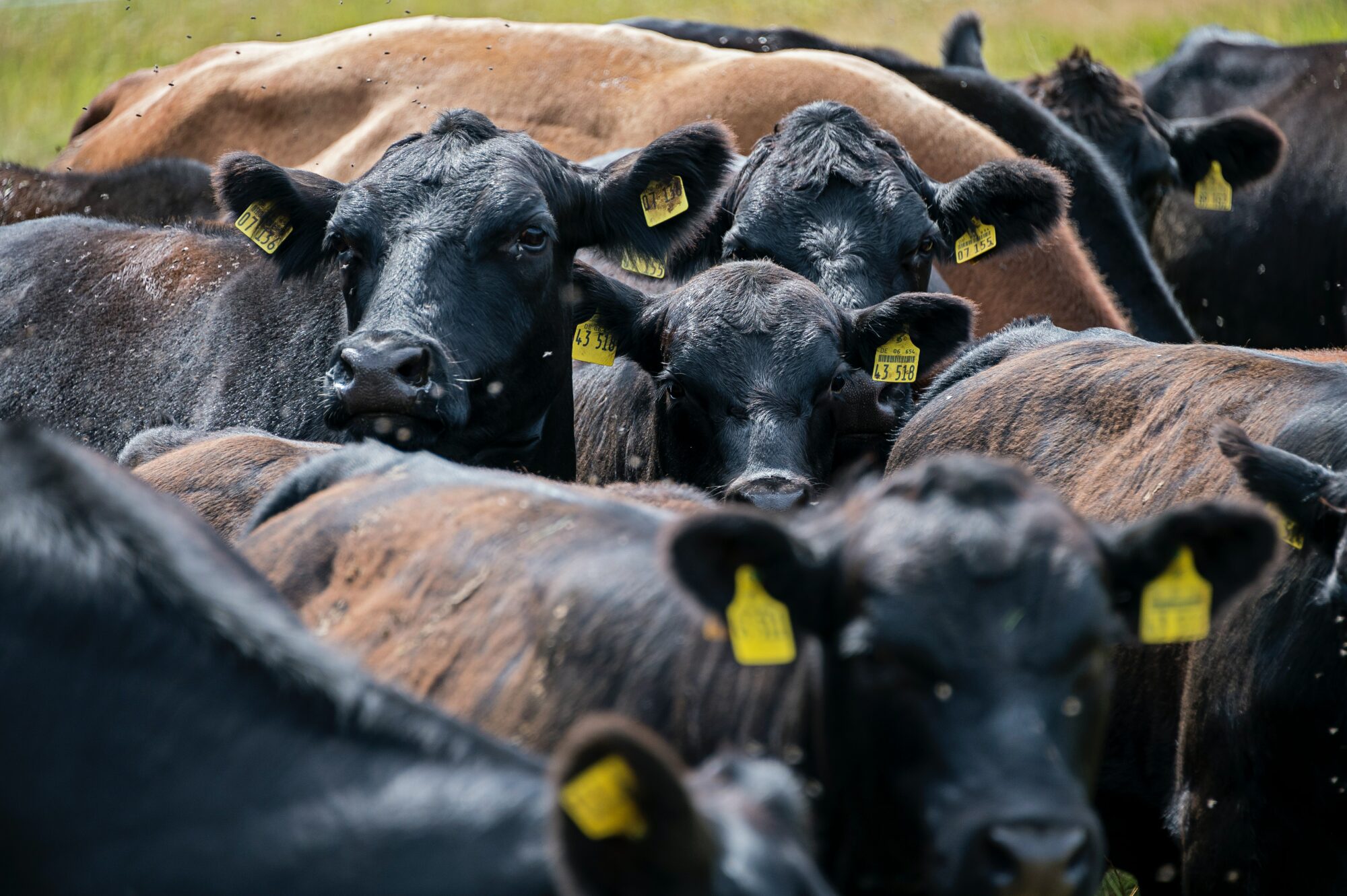There has been a lot of focus on methane (CH4) recently. At the COP26 summit in Glasgow, world leaders signed the ‘Global Methane Pledge’ to cut CH4 emission levels by 30% by 2030 as part of efforts to tackle the climate crisis. It is estimated that CH4 is responsible for about half the global warming we have experienced since the pre-industrial era.
CH4 remains in the atmosphere for approximately 12 years, a much shorter period than carbon dioxide (CO2). Between 65% and 80% of CO2 released into the air dissolves into the ocean over a period of 20 to 200 years. The rest is removed by slower processes that take thousands of years. These dynamics have led to the descriptions of CH4 as a ‘flow’ gas and CO2 as a ‘stock’ gas.
How does this affect agriculture?
CH4 is produced as a by-product of enteric fermentation and from the decomposition of manure under anaerobic conditions. The Agri Climate Report in 2021 stated that agriculture was responsible for 10% of the UK’s total GHG emissions but 47% of total methane emissions in 2019.
While the CH4 produced by burning fossil fuels and enteric fermentation is the same molecule chemically, there is an argument that the methane produced by enteric fermentation is not as environmentally harmful being part of the so-called ‘biogenic cycle’ in which plants harness the energy of the sun to absorb CO2 to produce carbohydrates such as cellulose by photosynthesis.
Humans are unable to digest cellulose, but ruminants can, thanks to rumen bacteria which turn it into high quality nutrients. A side effect of this ‘enteric fermentation’ in the rumen is that methane is produced (‘cow burps’).
After about 12 years, the methane is converted back into carbon dioxide through a chemical reaction in the atmosphere known as hydroxyl oxidation. The argument follows that because the carbon is the same carbon that was in the air prior to being consumed by an animal there is no global warming potential.
However, this argument is not likely to reduce the focus on agriculture because despite CH4 only being in the atmosphere for a comparatively short period, while it is there it has a large global warming potential (GWP). The GWP of CH4 is estimated as being 84 times that of CO2 over 20 years (GWP20). Thus, rapidly reducing CH4 emissions from energy, agriculture, and waste can achieve near-term gains for decisive action against global warming and is regarded as the single most effective strategy to keep the 2015 Paris COP21 goal of limiting warming to less than 2 and ideally 1.5˚C.
On farm measurement of methane
Direct measurement of CH4 production on farm is currently practically impossible. Several equations based on studies undertaken at research institutions with equipment capable of directly measuring the CH4 output of individual animals have been developed to estimate CH4 production. These equations differ in complexity and, in general, the models with more complex inputs tend to be more accurate.
However, complex input data such as the fibre contents of diets and even the numbers and size of animals are rarely accurately known on a typical farm which limits the ability of the equations to provide simple but accurate measurements.
Measuring CH4 output using bulk milk fatty acid analysis
Several studies have shown that as diets are manipulated to lower CH4 output the fatty acid profile of the milk they produce changes in predictable ways. In general, with lower CH4 producing diets the proportion of long chain fatty acids within the milk increase.
A French company, Ecosens, has developed a patented equation in collaboration with INRAE and approved by the United Nations Framework Convention on Climate Change (UNFCCC) which estimates the CH4 production per litre of milk produced based on the fatty acid profile of the bulk tank.
The fatty acid profile of bulk milk is already measured by National Milk Laboratories (NML) using Middle Infra-Red (MIR) spectroscopy. These results are not reported unless requested but they can be used to feed the Ecosens equation and produce a CH4 measurement for the milking herd very easily.
Map of Ag are partnering with Ecosens to provide this service in the UK and in New Zealand.
Refs
(https://www.gov.uk/government/statistics/agri-climate-report-2021/agri-climate-report-2021)


